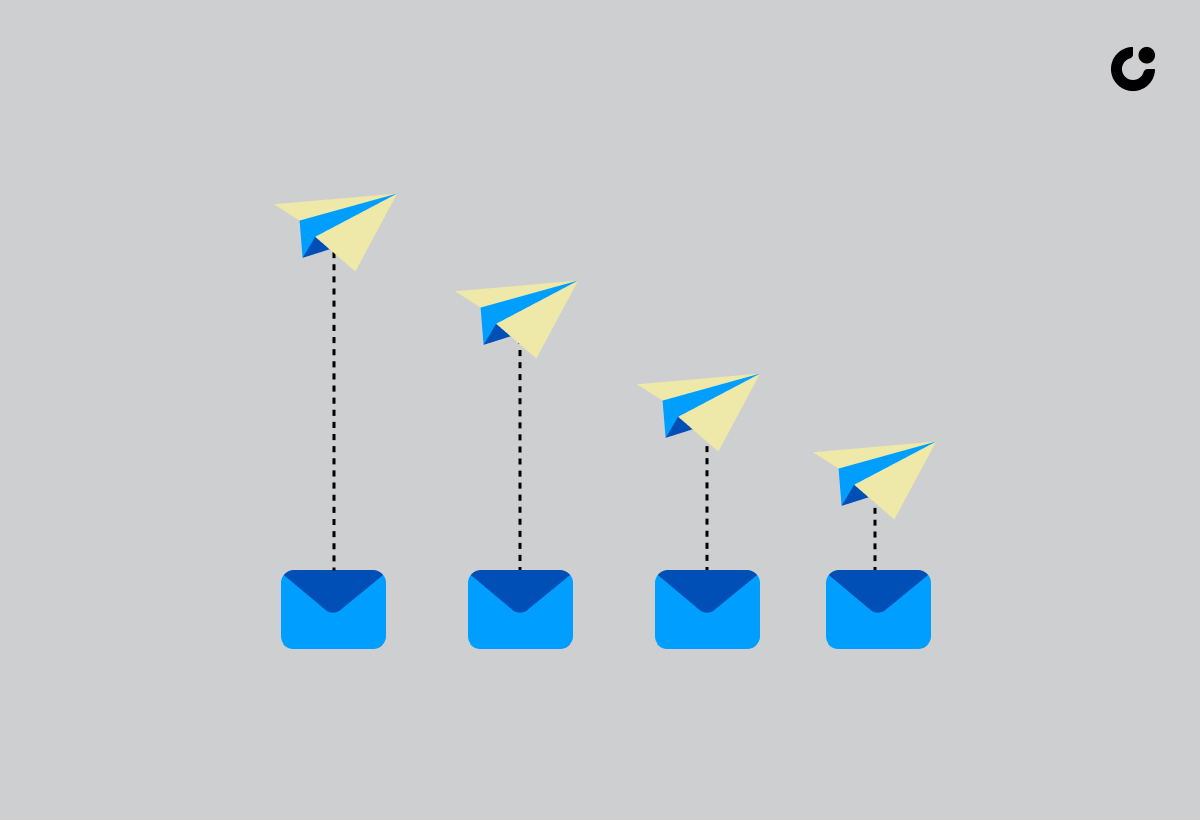Ready to supercharge your cold email workflow for 2023? Stay ahead of the game by optimizing your efforts with our comprehensive step-by-step success guide. Discover the secrets to targeting the right audience, crafting irresistible emails, and automating your workflow for maximum efficiency. Let’s unlock the full potential of your cold email campaigns together!
Key Takeaways
- Understand and utilize key components of an effective cold email workflow for enhanced efficiency, higher conversion rates, and improved sales team performance.
- Define a target audience through demographic information, existing customer analysis, personalization & segmentation to ensure success.
- Utilize automation tools such as lead scraping & tracking, monitor response rate, A/B test to optimize campaigns for desired outcomes.
Understanding Cold Email Workflows
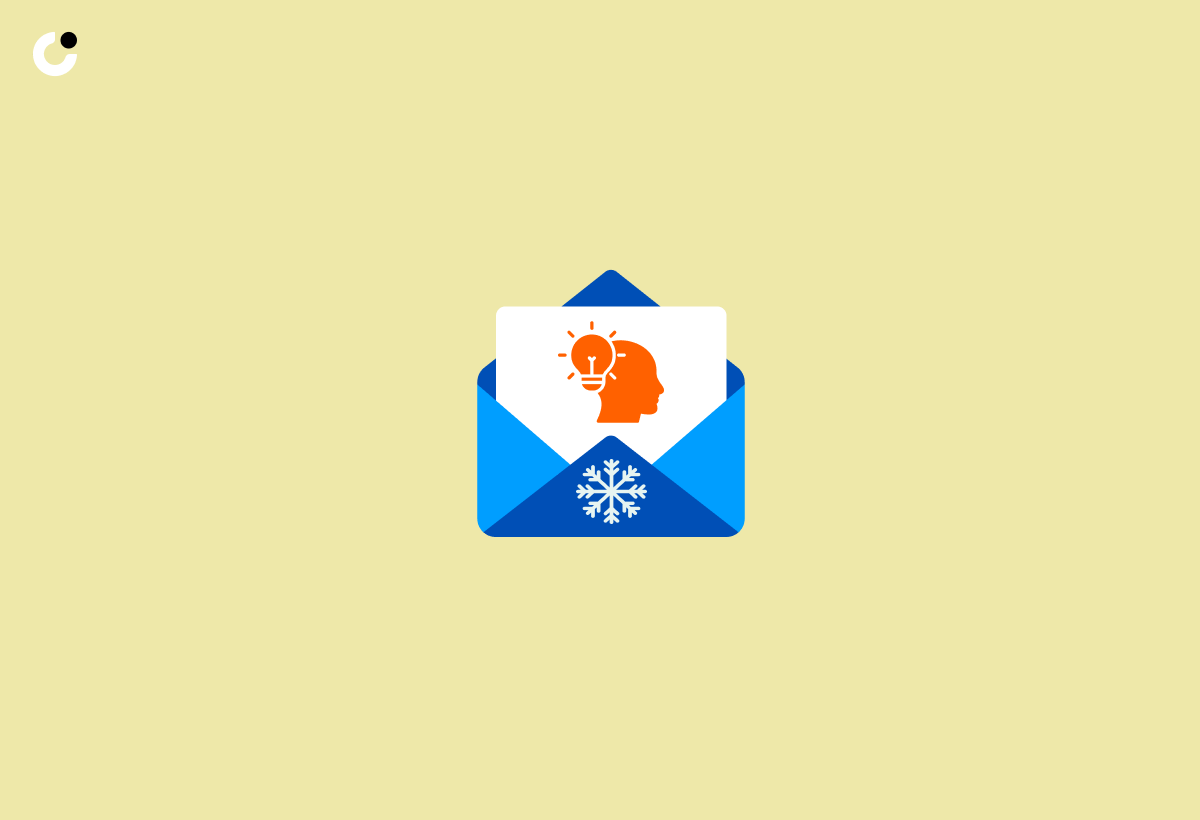
Reaching out to potential customers, generating leads, and driving sales are the roles that cold email workflows fulfill. A well-executed workflow involves a series of steps, including the use of cold sales email templates, captivating subject lines, and personalized content, to engage and convert your prospects.
In today’s fast-paced digital landscape, a well-crafted cold email strategy can secure a competitive edge. Are you ready to take your cold email outreach, also known as cold outreach, to the next level?
Key Components of an Effective Cold Email Workflow
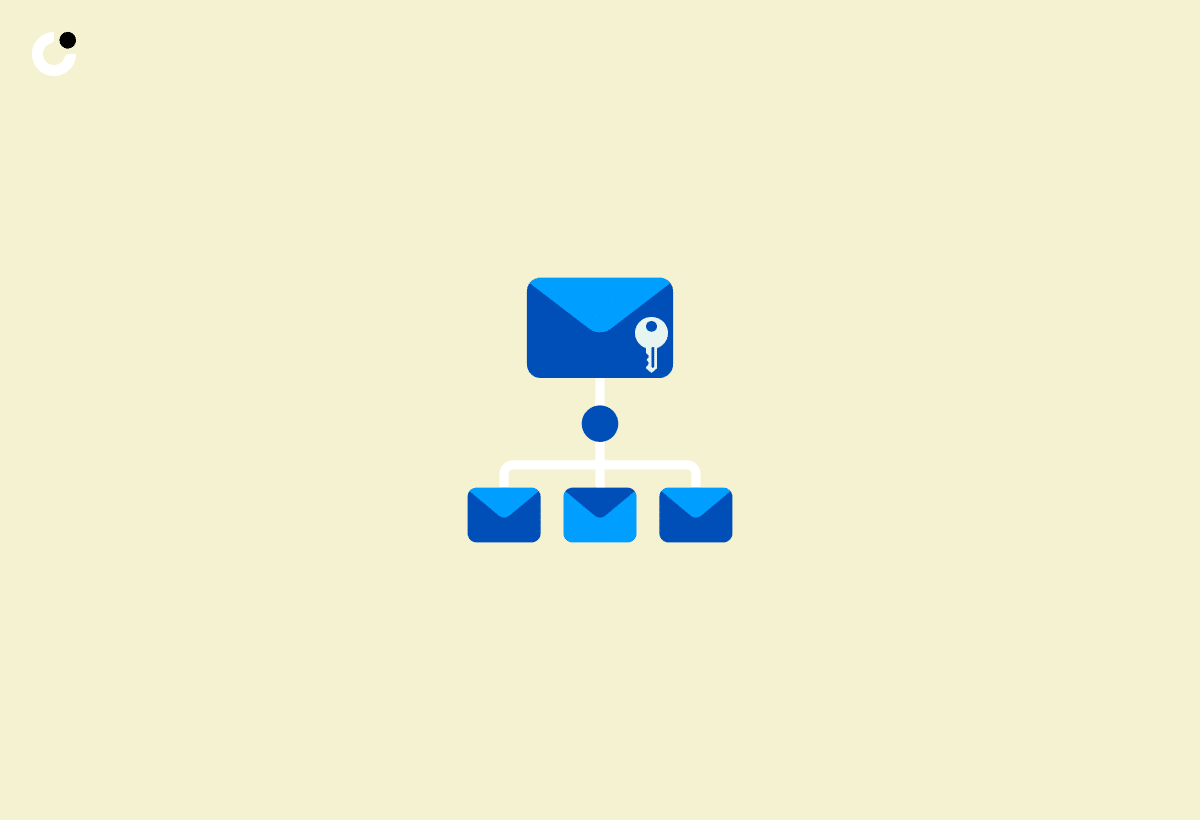
Several elements are encompassed in an effective cold email workflow. Here are the key steps to follow:
- Identify the appropriate audience and compose engaging emails to capture their attention.
- Automate and amplify the process to maximize efficiency.
- Incorporate follow-up tactics to nurture relationships with prospects.
- Take steps to prevent your emails from ending up in the spam folder.
By following these steps, you can increase the success of your cold email campaigns.
A/B testing is a powerful tool for optimizing cold email campaigns. Here are some strategies to consider:
- Emphasize segmentation in your cold email strategy.
- Include professional email signatures to establish credibility.
- Disable click tracking to improve deliverability, especially when using a shared tracking domain.
- Combine cold emailing with cold calling to boost your chances of reaching and engaging potential customers.
Benefits of Implementing a Cold Email Workflow
Using cold email templates to implement a cold email workflow can yield numerous advantages. Expect enhanced efficiency, heightened conversion rates, and augmented sales team performance. Personalizing emails can lead to a 100% increase in response rates. Employ open and click tracking, and leverage intuitive software to manage workflows when sending cold emails to maximize sales team performance. Instituting a well-defined cold emailing testing process is essential for optimizing and enhancing sales team performance and management. Utilizing a well-crafted cold email template can further improve your results.
Understanding the benefits of cold email workflows is only the first step. Delving into the details is necessary to unlock the full potential of cold email workflows. What makes a cold email truly stand out in a prospect’s inbox? Let’s explore the key components of a successful cold email workflow.
Setting Up Your Cold Email Workflow
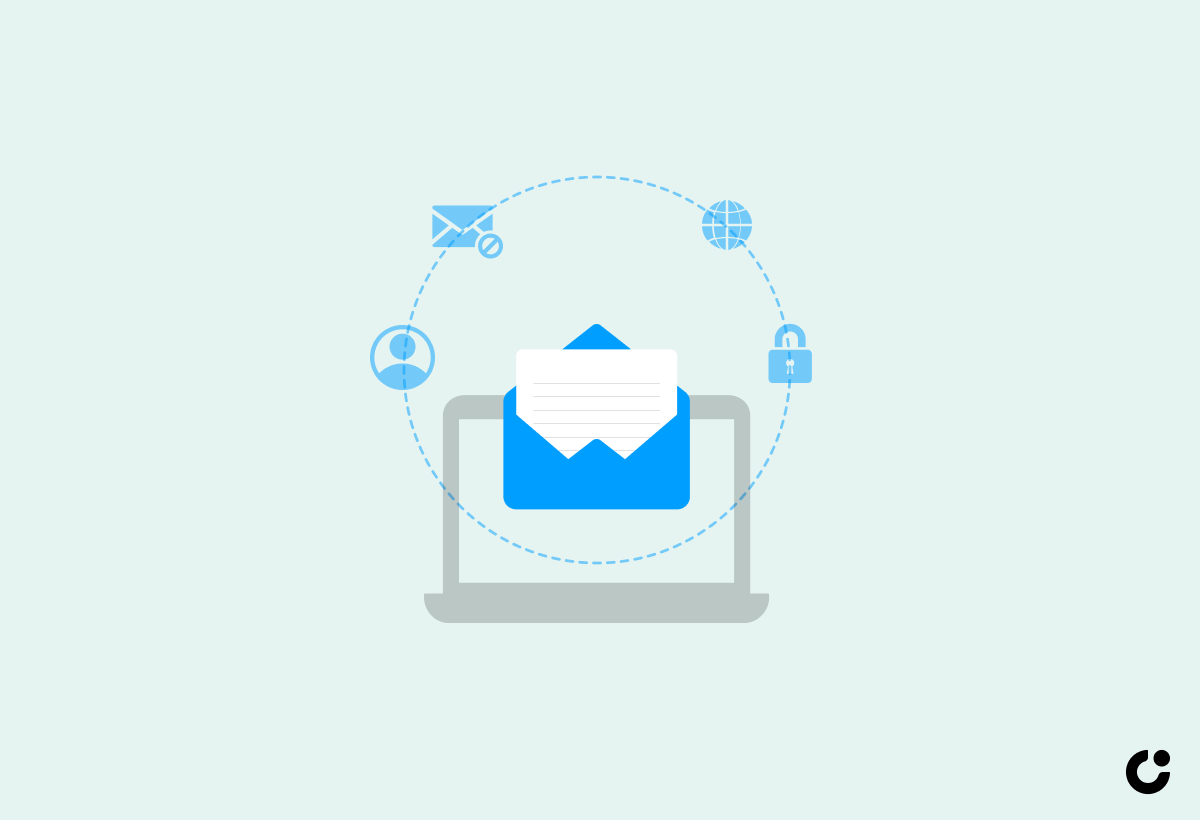
Defining your target audience, building a verified prospect list, and choosing the right cold email platform are steps towards setting up a successful cold email workflow. Selecting the proper tools and strategies will help ensure your emails are relevant, engaging, and deliverable, maximizing your chances of success.
Let’s delve into the specifics of setting up your cold email workflow for optimal results.
Define Your Target Audience and Ideal Customer Profile

A successful cold email campaign is founded on a well-defined target audience and ideal customer profile. By understanding your audience’s needs and preferences, you can tailor your cold emails to be more relevant and effective.
Begin by investigating your current customer base, recognizing their needs and preferences, and constructing a profile of your ideal customer. Create a target audience persona, a comprehensive list of characteristics that define an ideal prospect. When determining your target audience for a cold email campaign, consider:
- Demographic information
- Existing customer analysis
- Personalization
- Customer segmentation
- Understanding interests and pain points
Build and Verify Your Prospect List
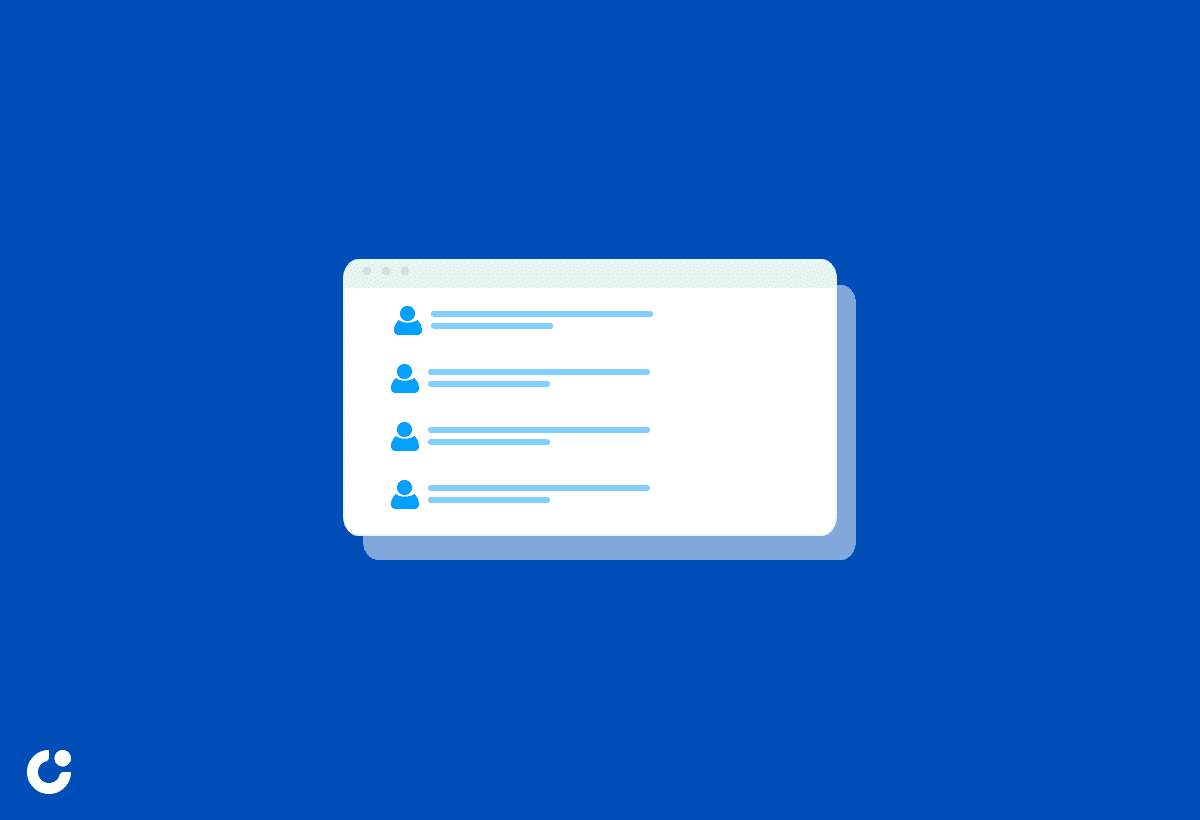
A verified prospect list guarantees email deliverability and prevents wasting resources on invalid contacts. Prospecting is crucial in cold email workflows as it facilitates the identification of email addresses of individuals who fit the target audience profile.
Utilize clean email lists to maintain the accuracy and reliability of your data. Verify email addresses prior to inclusion in your list using tools like Bouncer to reduce bounce rates and improve deliverability. This will help ensure your cold emails reach the right prospects, increasing your chances of success.
Choose the Right Cold Email Platform
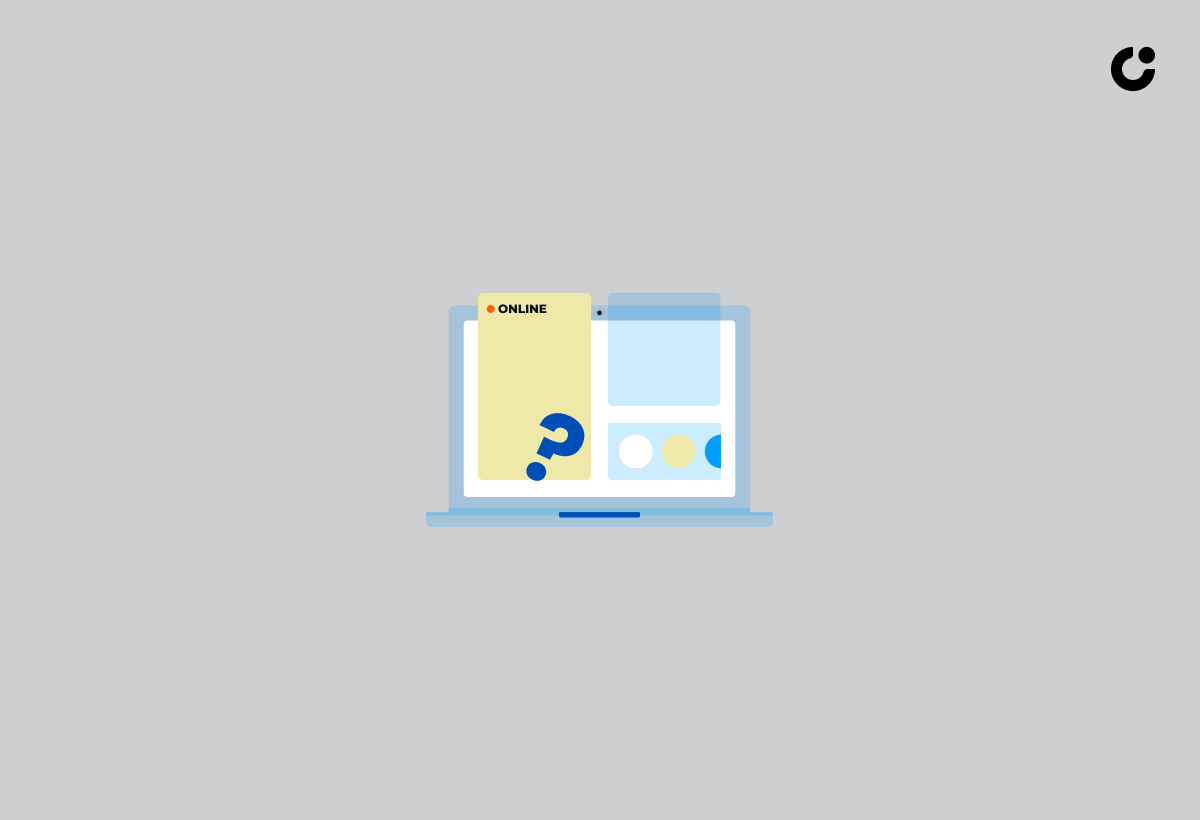
One of the critical steps in setting up your cold email workflow is choosing the right platform. The ideal platform should offer features like automation, security, and deliverability, making it easier for you to manage and scale your cold email campaigns.
Popular cold email platforms include Woodpecker, GMass, and SmartReach, each offering unique advantages such as automation, personalization, and analytics. Consider the specific needs of your cold email campaign when selecting the most suitable platform to ensure it aligns with your goals and objectives. By choosing the right platform, you’ll be well-equipped to execute an efficient and effective cold email campaign.
Crafting Compelling Cold Emails
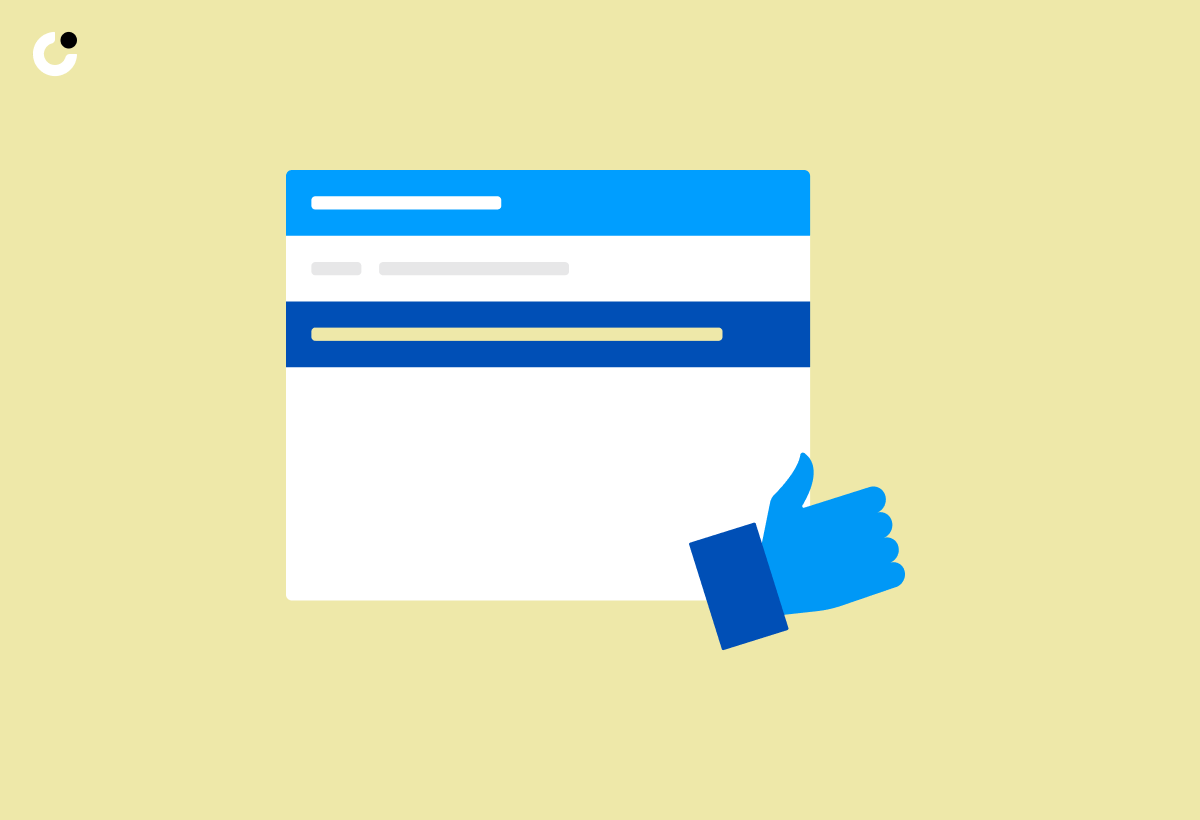
Now that you’ve set up your cold email workflow, it’s time to focus on crafting compelling cold emails that grab your prospects’ attention and entice them to take action. Crafting compelling cold emails necessitates the creation of attention-grabbing subject lines, personalized content, and the use of effective call-to-action (CTA) strategies.
Let’s explore these tactics in greater detail.
Subject Lines That Grab Attention
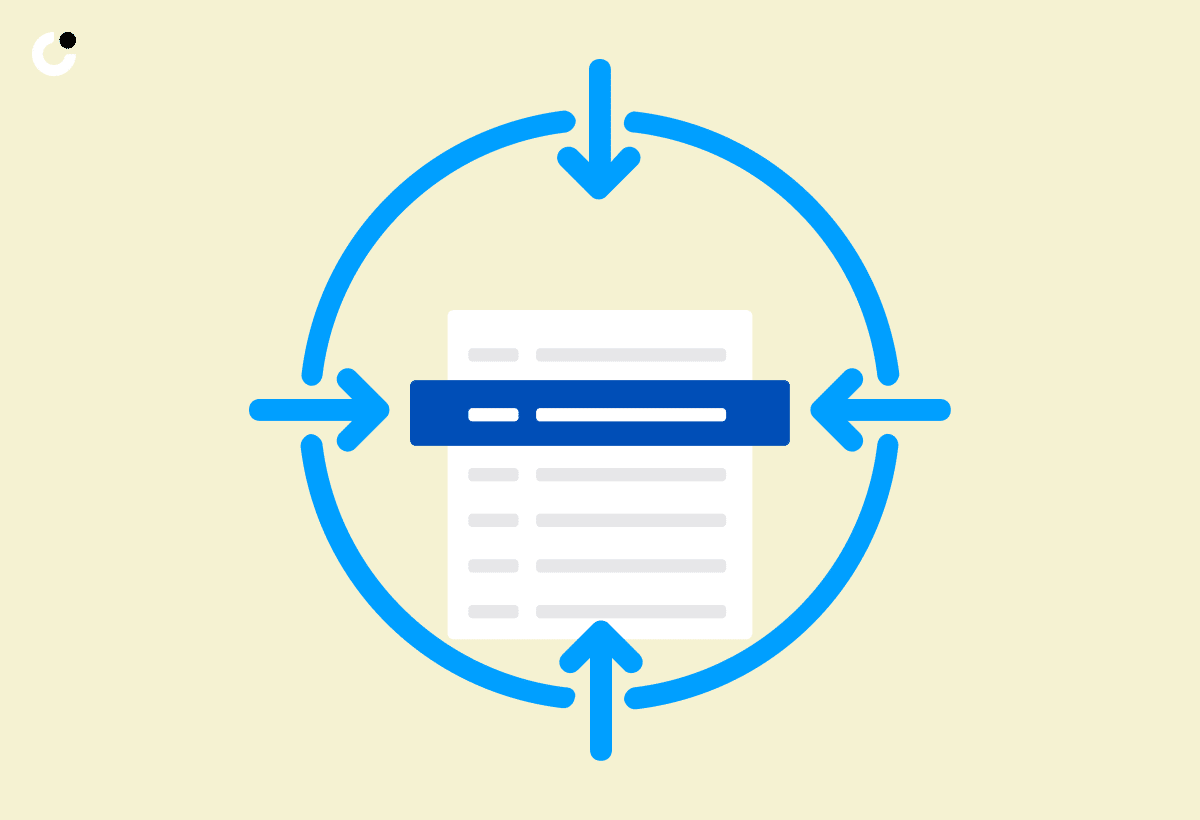
Subject lines, or the “subject line” of your cold email, are the first impression your prospects receive, making them crucial to a successful cold email marketing strategy. To create captivating cold email subject lines, consider incorporating the prospect’s field of work or any other pertinent identifier, capitalizing on shared interests, offering a sincere compliment, or pinpointing their specific problem area and articulating it in their own words.
Keep subject lines concise and attractive, such as “I’d like to help” or “Save 20% this week only”. Additionally, compose subject lines after completing the email content, ensuring they accurately reflect the email’s content and purpose. By crafting attention-grabbing subject lines, you’ll increase your chances of prospects opening and engaging with your emails.
Personalizing Your Cold Emails

Personalization plays a significant role in the success of your cold email campaigns. Research has shown that personalized subject lines can boost open rates by 50% and response rates by up to 140%. Personalizing your cold emails can help create a genuine connection with the recipient, raising the probability of a positive response.
To personalize your cold emails, consider incorporating the following strategies:
- Use an engaging hook to grab the recipient’s attention
- Research your prospects online to gather information about their interests and needs
- Include the recipient’s name in the opener to create a sense of personalization
- Utilize buyer personas and segmentation to tailor your email content to the prospect’s specific interests and needs
By implementing these personalization techniques, you’ll be able to captivate your recipients and increase the likelihood of achieving your desired outcome.
Call-to-Action (CTA) Best Practices

Including a clear and compelling call-to-action (CTA) in your cold emails is essential to prompt recipients to take the intended action, such as arranging a meeting or replying to the email. To develop successful CTA strategies, use unambiguous and precise language, make the CTA actionable, and create a sense of urgency.
For instance, instead of writing “Contact me if you’re interested,” try “Schedule a 15-minute call to discuss how we can help you save time and reduce costs.” This direct and compelling CTA clearly communicates the desired action and the potential benefits for the recipient. By implementing effective CTA strategies, you’ll encourage recipients to take action and boost the overall success of your cold email campaign.
Automating and Scaling Your Cold Email Workflow
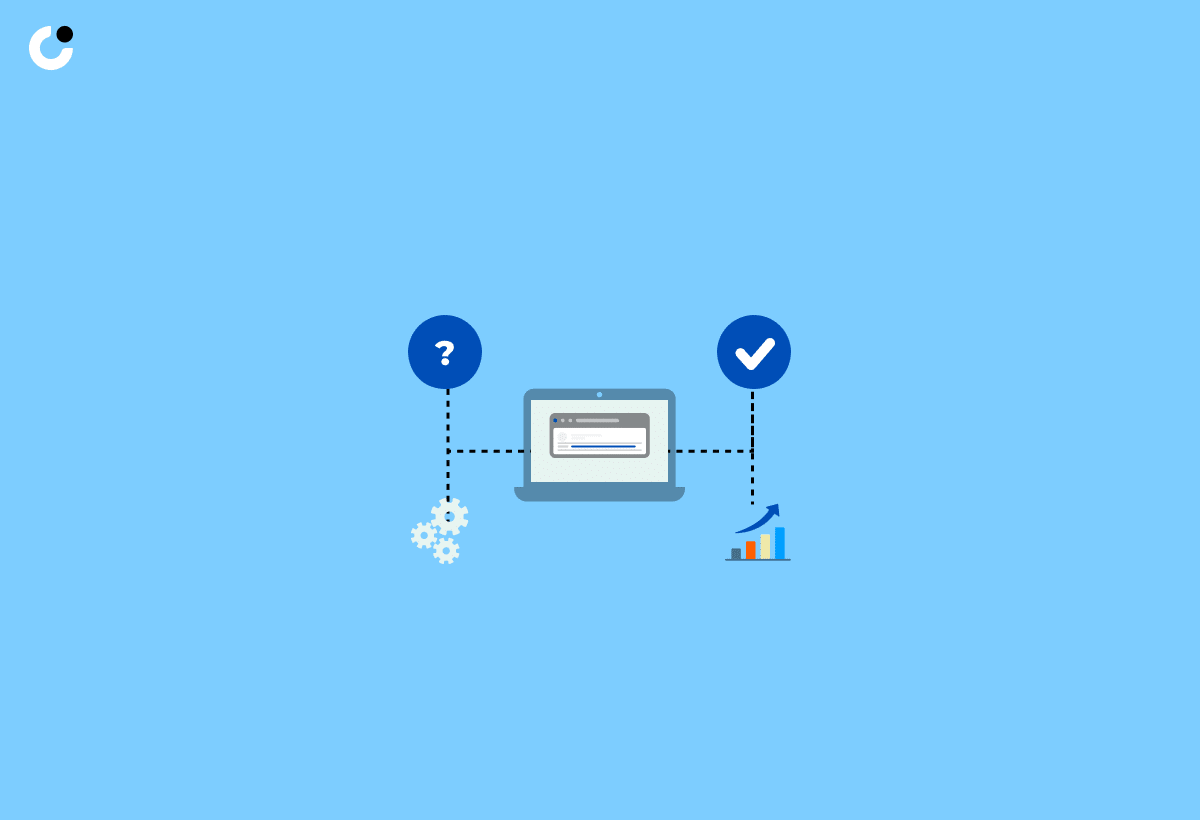
Consider automating and scaling the process for further optimization of your cold email workflow. Automation tools can streamline your cold email efforts, saving time and increasing efficiency. To ensure optimal performance and results, you should also monitor and adjust your workflow.
Let’s look at how to automate and scale your cold email workflow for maximum success.
Utilizing Automation Tools
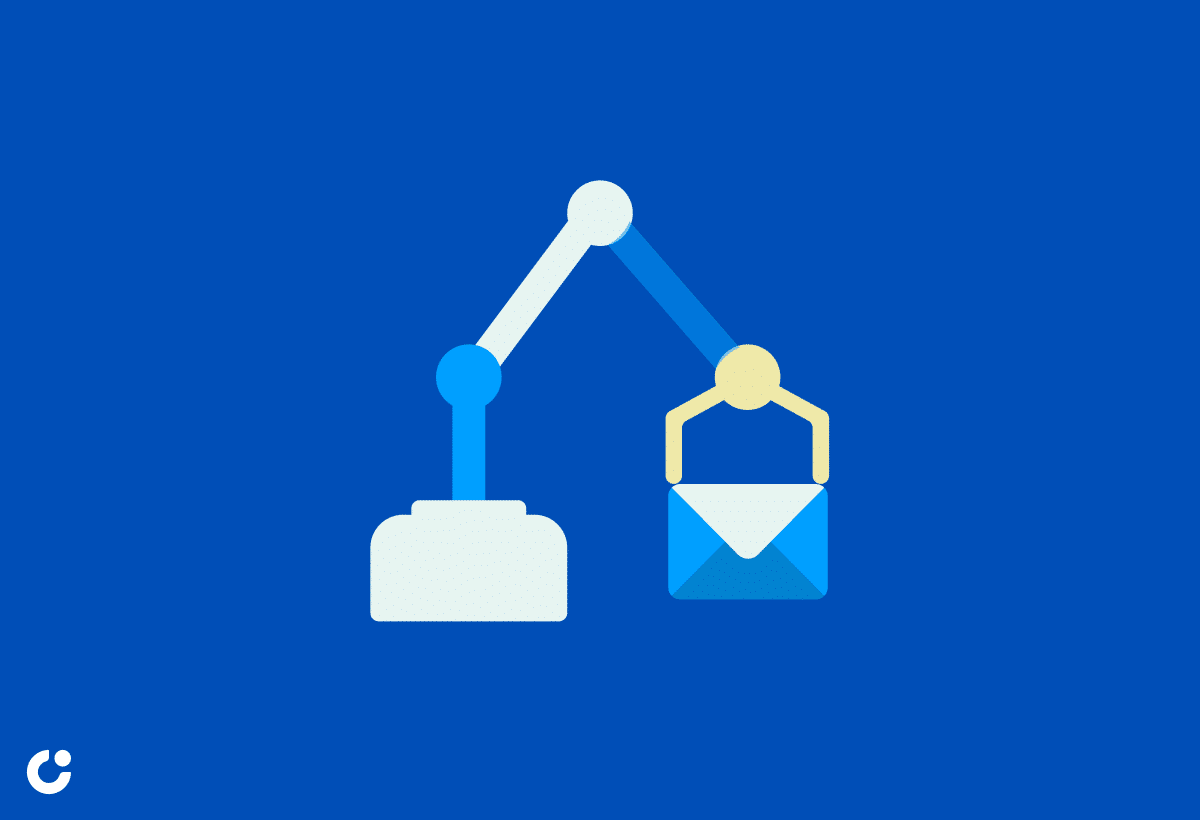
Maximizing efficiency by streamlining the cold email process is one of the primary benefits of implementing automation tools. Automation tools can automate processes such as:
- Lead scraping
- Email address collection
- Segmentation of the audience
- Sending personalized and targeted emails at scale
By automating these repetitive and time-consuming tasks, professionals can optimize their time and effort, enabling them to concentrate on more critical aspects of their cold email outreach.
Popular cold email automation tools and platforms include:
- Saleshandy
- Yesware
- Snov.io
- Woodpecker
- GMass
- Lemlist
- Smartreach.io
- SalesBlink
- Folderly
- Reply.io
- Mailshake
- Overloop
- Mixmax
- HubSpot
- Klenty
- Salesloft
- Outreach
These tools offer features like email tracking, analytics, automation, personalization, and email signature management to help maximize the efficiency of your cold email campaigns.
Monitoring and Adjusting Your Workflow

Monitoring and adjusting your cold email workflow is essential for achieving optimal performance and results. There is no specific frequency for adjusting a cold email workflow; however, it is advised to monitor the response rate of your cold emails. If the response rate is persistently low (less than 10%), it may be an indication that modifications need to be implemented to enhance the efficacy of your emails.
By continually tracking the performance of your cold email campaigns and making necessary adjustments, you’ll be better equipped to optimize your workflow and achieve your desired outcomes. Remember, the key to success lies in continuous improvement, so don’t be afraid to test, learn, and evolve your approach.
Effective Follow-Up Strategies

Effective follow-up strategies are key in maintaining a beneficial relationship with prospects and increasing engagement and response rates. This involves timing your follow-up emails, crafting engaging content, and balancing persistence with respectfulness.
Let’s examine these follow-up strategies in more detail.
Timing Your Follow-Up Emails

The ideal timing for sending follow-up emails in a cold email workflow depends on the specific context and target audience. A standard approach is to:
- Send the first follow-up email within 2-3 days after the initial email.
- Follow up again every 3-5 days thereafter.
- Send follow-up emails during weekdays and during business hours to increase the likelihood of them being opened and read.
Research indicates that the optimal time to send follow-up emails for maximum engagement is between 9 a.m. and 11 a.m., particularly on Tuesdays through Thursdays. Avoid sending emails between 9 p.m. and 9 a.m., as these times typically result in lower open and response rates. By timing your follow-up emails appropriately, you’ll maximize engagement and increase the chances of a successful cold email campaign.
Crafting Engaging Follow-Up Content
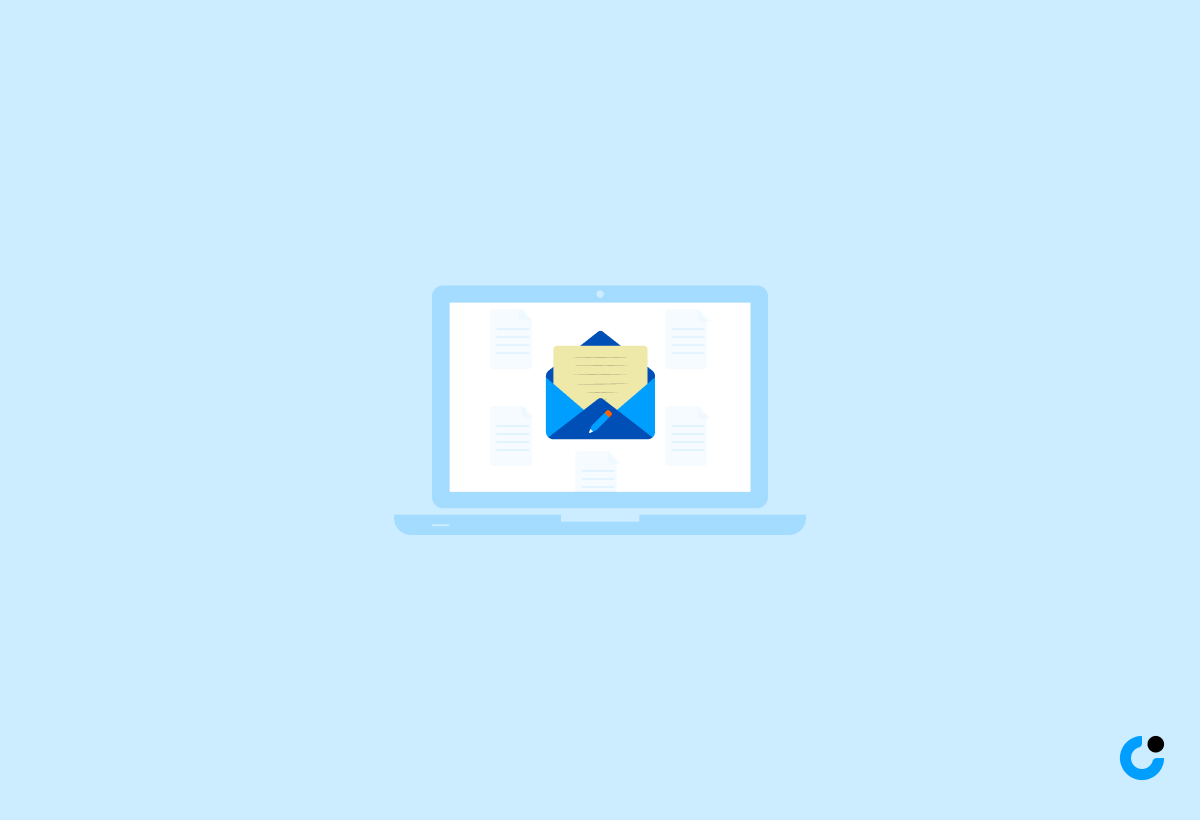
To sustain the dialogue and prompt recipients to take action, it’s crucial to create compelling follow-up content. To personalize follow-up content in cold emailing, research the recipient, look up their LinkedIn profile, read their blog posts or articles, and gather information about their background and interests. Utilize buyer personas and segmentation to tailor your follow-up content to the prospect’s specific needs and interests.
By crafting engaging follow-up content, such as a blog post, that keeps the conversation going, you’ll encourage recipients to take the desired action, whether it’s scheduling a meeting, replying to your email, or making a purchase. Remember, the key to successful follow-up content is to be relevant, engaging, and respectful of the recipient’s time and interests.
Balancing Persistence and Respectfulness
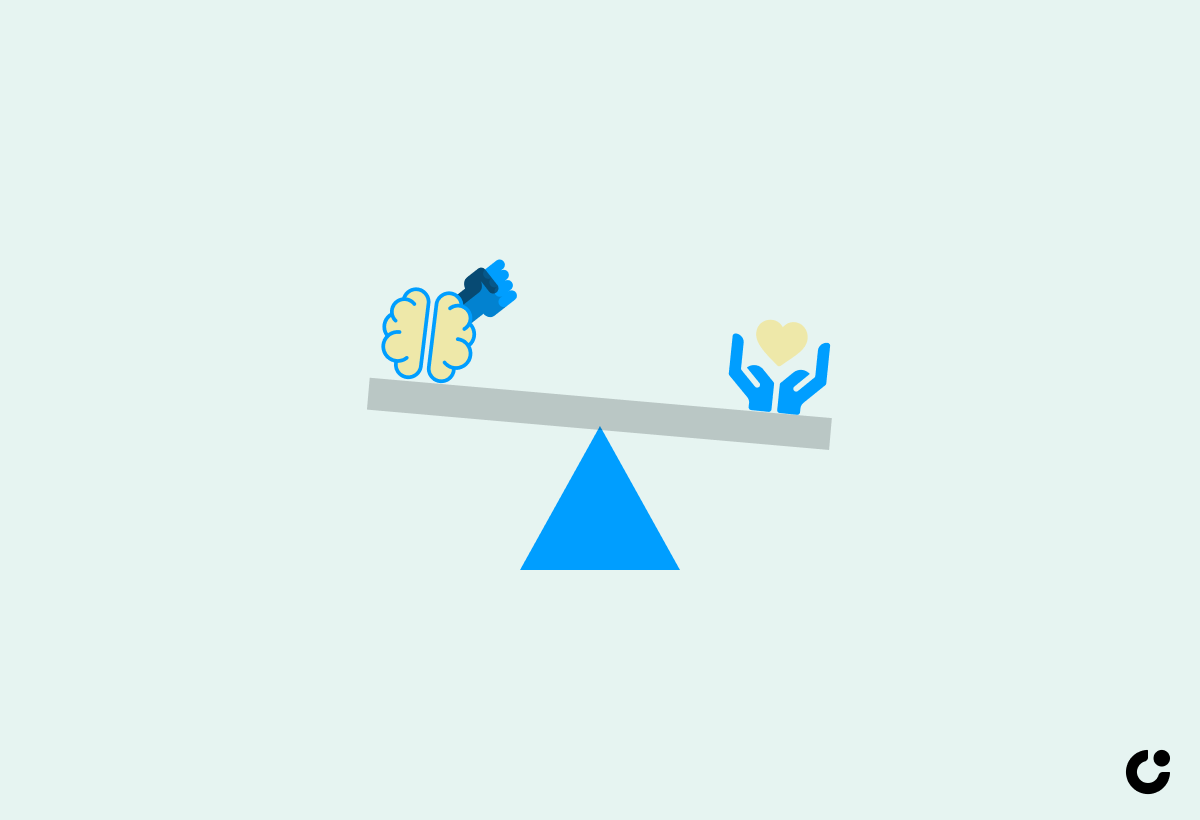
Striking a balance between persistence and respectfulness in follow-up efforts is crucial for maintaining a positive relationship with prospects. Overly persistent follow-ups may be perceived as pushy or aggressive, while insufficient persistence may not yield the desired response.
To maintain a respectful balance, send a maximum of three follow-up emails, with at least three business days between each follow-up. By being persistent yet respectful in your follow-up efforts, you’ll increase the likelihood of a positive outcome while preserving a favorable impression with your prospects.
Measuring and Optimizing Your Cold Email Workflow

Measuring and optimizing your cold email workflow is vital to ensure the ongoing success of your cold email campaigns. By tracking key metrics and using A/B testing for continuous improvement, you’ll be able to refine your strategies and achieve better results.
Let’s explore the process of measuring and optimizing your cold email workflow.
Key Metrics to Track

Key metrics should be tracked to measure the success of your cold email workflow. Essential metrics to monitor include:
- Open rate
- Response rate
- Bounce rate
- Click-through rate (CTR)
- Conversion rate
- ROI
- Opt-out rate
The formula for calculating conversion rates in cold email marketing is: (Conversions / Delivered Emails) x 100. By monitoring these metrics, you’ll gain valuable insights into the efficacy of your cold email campaign and be able to refine your strategy for superior results.
A/B Testing for Continuous Improvement
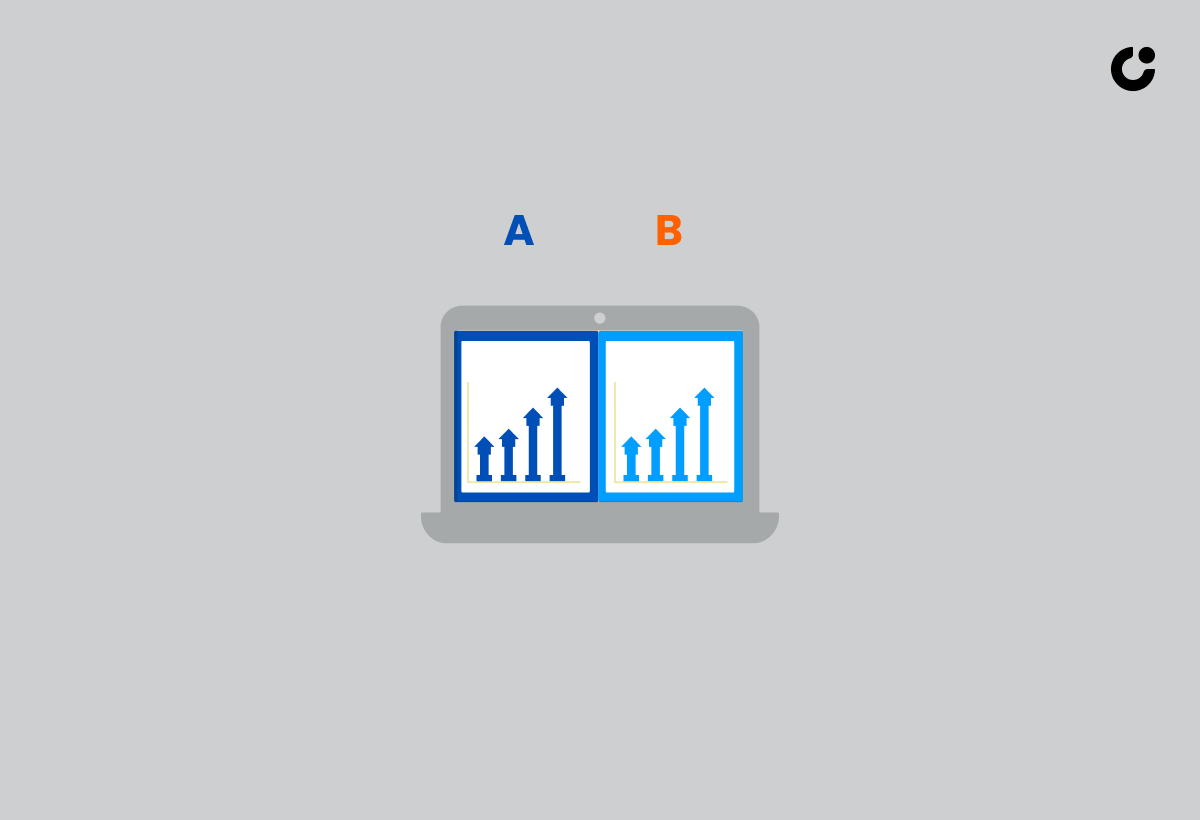
Your cold email campaigns can be optimized using A/B testing, which is a powerful tool. By comparing two versions of an email, you can determine the most effective elements, such as:
- Subject lines
- Email body content
- Images
- Other vital components
By analyzing the outcomes of your A/B tests, you can make informed decisions and implement modifications to increase open rates, response rates, and overall campaign performance. The key to success in cold email marketing lies in continuous improvement, so embrace the process of testing, learning, and evolving your approach.
Summary
In conclusion, optimizing your cold email workflow for 2023 involves understanding the components and benefits of a cold email workflow, setting up your workflow, crafting compelling emails, automating and scaling the process, implementing effective follow-up strategies, and measuring and optimizing your efforts. By following this step-by-step success guide, you’ll unlock the full potential of your cold email campaigns and achieve outstanding results. Remember, the key to success lies in continuous improvement, so stay committed to refining your strategies and embracing new opportunities for growth.
Frequently Asked Questions
How do you structure a cold email?
To structure a cold email, start by greeting the recipient by their name and introducing yourself and your purpose. Outline your unique value proposition and include a clear call-to-action. Keep your message short and simple, avoiding images, links, and spammy words. Proofread your email and be sure to note any shared interests.
What are the stages of cold email?
The stages of cold emailing are personalizing your message, creating a compelling subject line, presenting value and making a call to action. Finally, follow up if necessary.
How can I personalize my cold emails to improve engagement?
Personalize your cold emails by researching your prospects, including their name in the opener, and tailoring the content to their interests and needs. This will help create a connection with the reader and improve engagement.
What should I avoid when composing subject lines for cold emails?
Avoid including irrelevant matters, using an unprofessional tone and introducing or summarizing your message in the subject line of a cold email.
How many follow-up emails should I send in a sales-oriented campaign?
It is suggested to send four follow-up emails in a sales-oriented campaign for maximum effectiveness.

